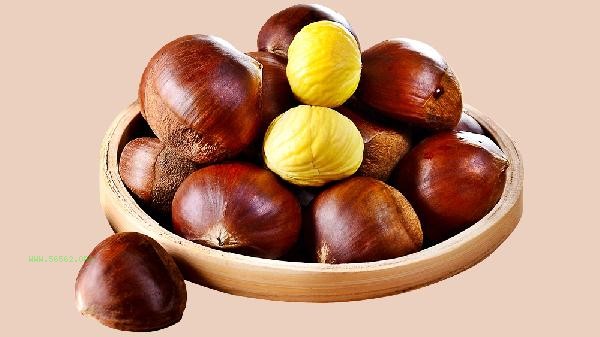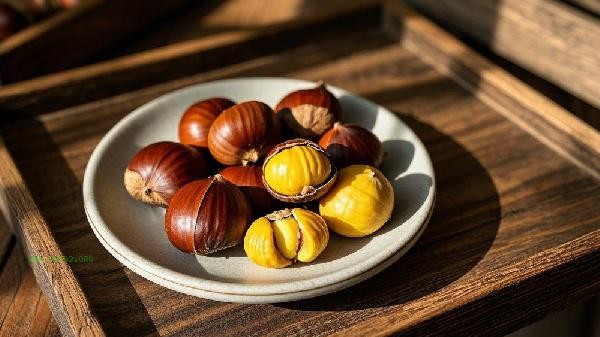Quick peeling of chestnuts can be achieved through methods such as hot water soaking, freezing, cutting, microwave heating, and steaming. The chestnut shell is hard, and the inner layer is thin and tightly adhered. Mastering techniques can improve efficiency.

1. Hot water soaking method
Boil chestnuts in boiling water for 3-5 minutes, remove them and immediately supercool them. Thermal expansion and contraction separate the outer shell from the flesh, and can be completely peeled off by gently prying along the crack with the tip of a knife. Pay attention to controlling the time to avoid the fruit pulp being too soft. This method is suitable for batch processing.
2. Freezing method
After freezing the raw chestnuts for 2 hours, remove them and let them stand at room temperature for 10 minutes. Low temperature causes the inner thin skin to shrink, and squeezing the outer shell by hand will naturally crack. Freezing for too long can cause dehydration of the fruit pulp, making it suitable for chestnuts that need to be stored for a long time before consumption.
3. Cut method
Use a knife to make a cross cut on the curved surface of the chestnut, with a depth of about 2 millimeters. Bake at 180 degrees in an oven for 15 minutes or dry bake in a flat bottomed pan. The cut will automatically burst open when heated and expanded. Wear heat-resistant gloves during operation, as deep incisions can damage the flesh.

4. Microwave heating method
After sprinkling water on the surface of chestnuts, put them in the microwave and heat them on high heat for 30 seconds. Steam softens the shell, and it can be peeled off by wrapping and rubbing it with a towel while it is still hot. The time should be adjusted according to the microwave power, and the single processing capacity should not exceed 15 pieces.
5. Steaming Method
After steaming in a steamer, add chestnuts and steam for 8 minutes, then turn off the heat and simmer for 2 minutes. Steam penetration causes the inner and outer skin to loosen, making it easy to pick out the flesh with a toothpick. Steaming can maximize the retention of sweetness and is suitable for ready to eat or making desserts.

The peeled chestnuts can be refrigerated for 3 days or frozen for 1 month. It is recommended to pack them separately to avoid repeated thawing. Fresh chestnuts are rich in B vitamins and minerals, and are a nutritious choice when stewed with chicken or made into chestnut puree. Pay attention to the safety of tool use during handling, and children should operate under adult supervision. If the chestnut is found to have blackened or spoiled inside, it should be discarded immediately as mold can produce harmful substances.








Comments (0)
Leave a Comment
No comments yet
Be the first to share your thoughts!